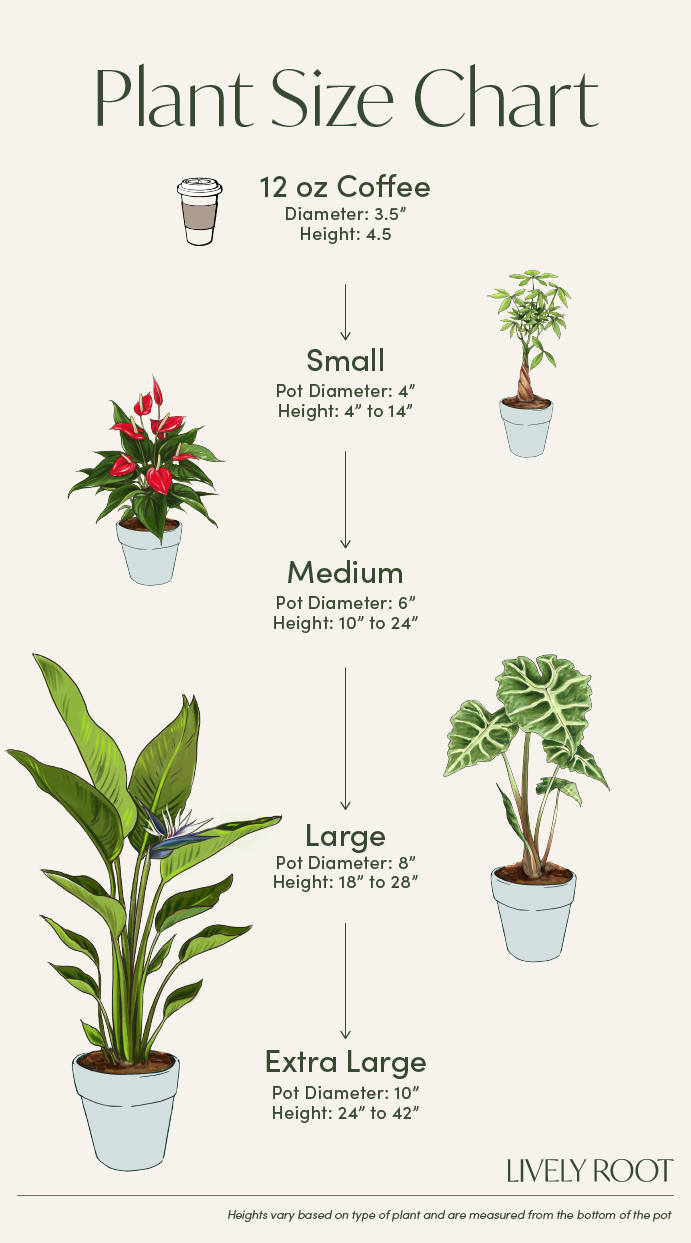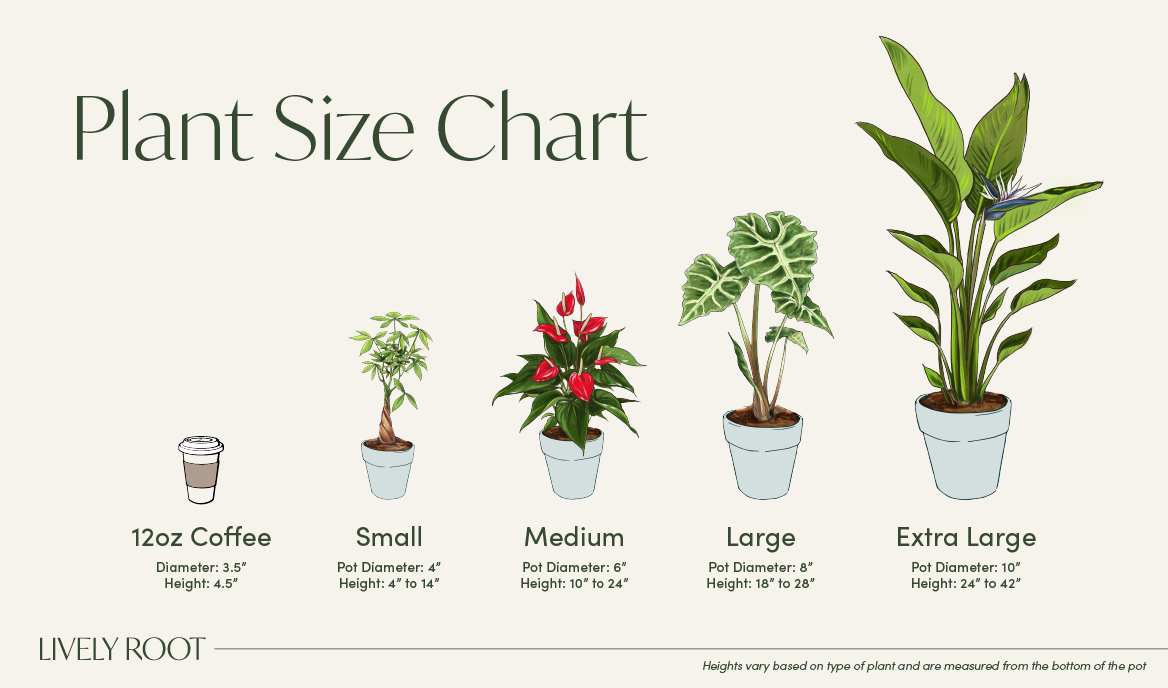

The most royal and exotic of all the Calathea's- you can now enjoy this velvety marvel at home. This Jungle Velvet Calatheais the plant to rival all houseplants in terms of decadance.
Calatheas are stunning tropical plants with brilliantly patterned leaves. Calathea warscewiczii is one of the most remarkable varieties, sporting exotic velvety foliage with two-toned green tops and burgundy-colored undersides.
Calathea warscewiczii Care Guide

Medium to bright indirect light. Never direct sunlight.
Enjoys being on the moist, but not soggy side.
Enjoys high humidity. Spritz occasionally.
Avoid any sudden temperature changes. Keep humidity high in warmer temperatures.
Outside: Grow in morning light, partial shade (4-6 hours) where nights are above 45°F.
Indoors: This plant prefers bright, indirect light for at least six hours in a southern, eastern and western windows.
Trim off any dead or damaged stems to keep energy moving to the healthy leaves. Shower the leaves using a watering can with filtered or rainwater to remove dust. Remove any debris on the soil and replenish soil if needed.
When receiving the plant, do not repot immediately but wait at least 6-12 months. Repot in the spring, using a 2" wider pot. (Too large of a pot could cause the soil to dry slower, which is not helpful.) Use a well-draining indoor potting mix with perlite to help with drainage or an African violet potting mix.
Water your plant in the old pot and let them sit an hour before transferring. Place a piece of screening at the bottom of the container over the drainage hole to secure the soil and allow it to drain. Add soil to the bottom to elevate the root ball. Lift the plant and release the roots against the existing planter. Use a clean knife or garden trowel to wedge between the pot and the soil to loosen. Inspect the root ball. Notice if there are any dead or rotting roots and trim off with sterile pruners. If the plant is rootbound, cut through the roots to alleviate continued encircling.
Ensure the plant is sitting about 1" below the edge of the pot to avoid water spillage. Add more soil and backfill around the sides by tamping down. Fill up to the soil line but not over. Water thoroughly, leaving the soil damp but not soggy. If settling occurs, add more soil. Enclose the new plantings in plastic bags, mist and keep them in medium light. Remove the plastic bag when the roots are established. You may observe some leaf changes as they acclimates to their new environment. They may suffer some transplant shock depending on how tight the roots were intertwined together. Trim off any declining leaves as they regain their energy and gets rooted into the soil over time.
Trim off any dead or damaged stems to keep energy moving to the healthy leaves. Shower the leaves using a watering can with filtered or rainwater to remove dust. Remove any debris on the soil and replenish soil if needed.
Indoors: Propagate and divide calathea in the early spring when emerging from dormancy. Pull from the container and brush or wash away the soil carefully. Carefully divide and repot in a rich, indoor potting soil mix or African violet mix. Use a container that has drainage and is deep enough for the roots to grow. Set it in medium to bright, indirect sunlight while they are rooting. Check the moisture and humidity each day and add misting to keep the soil moist while the roots establish. After 6-8 weeks, roots will begin to establish. You can tug onto the stem to ensure the roots are anchoring well. Outdoors: Carefully loosen the soil and dig the roots up and separate the plant in new locations in your garden. Add rich, damp, and loamy soil in a part-shade morning sun location. Water with filtered or rain water at soil level.


























